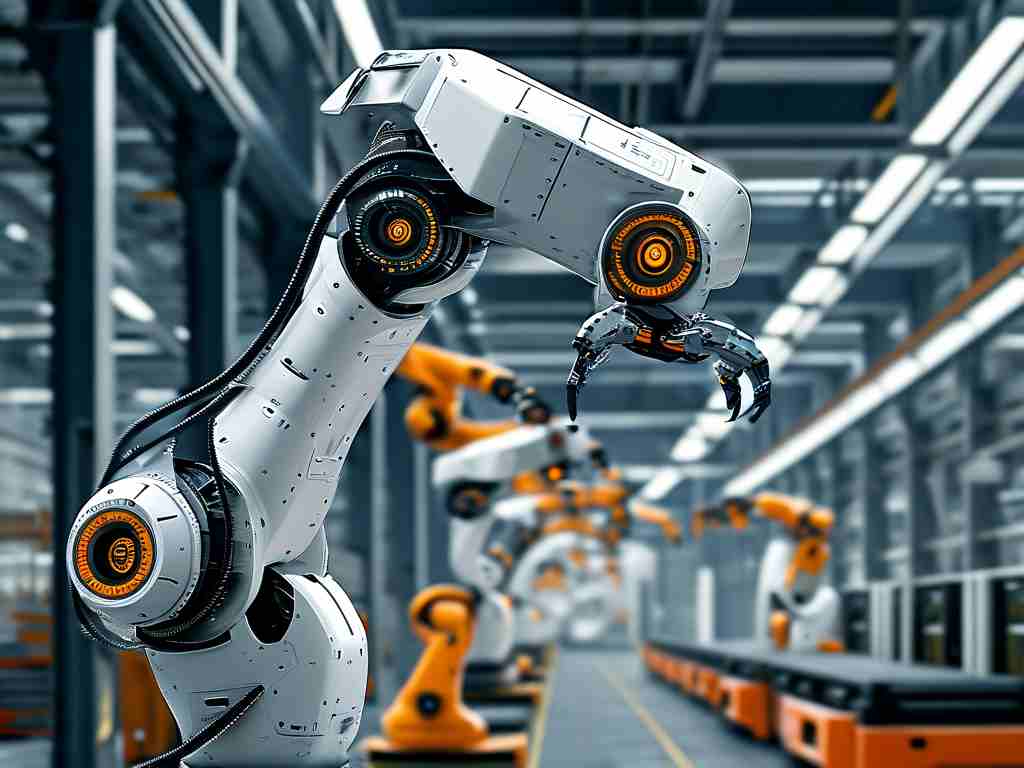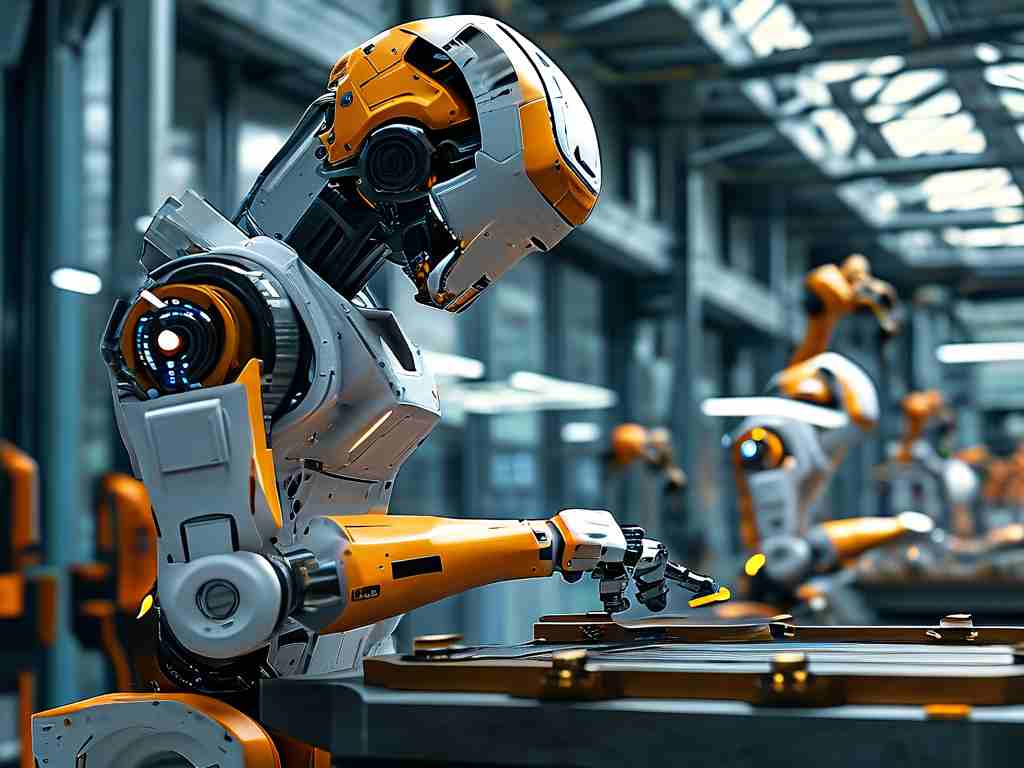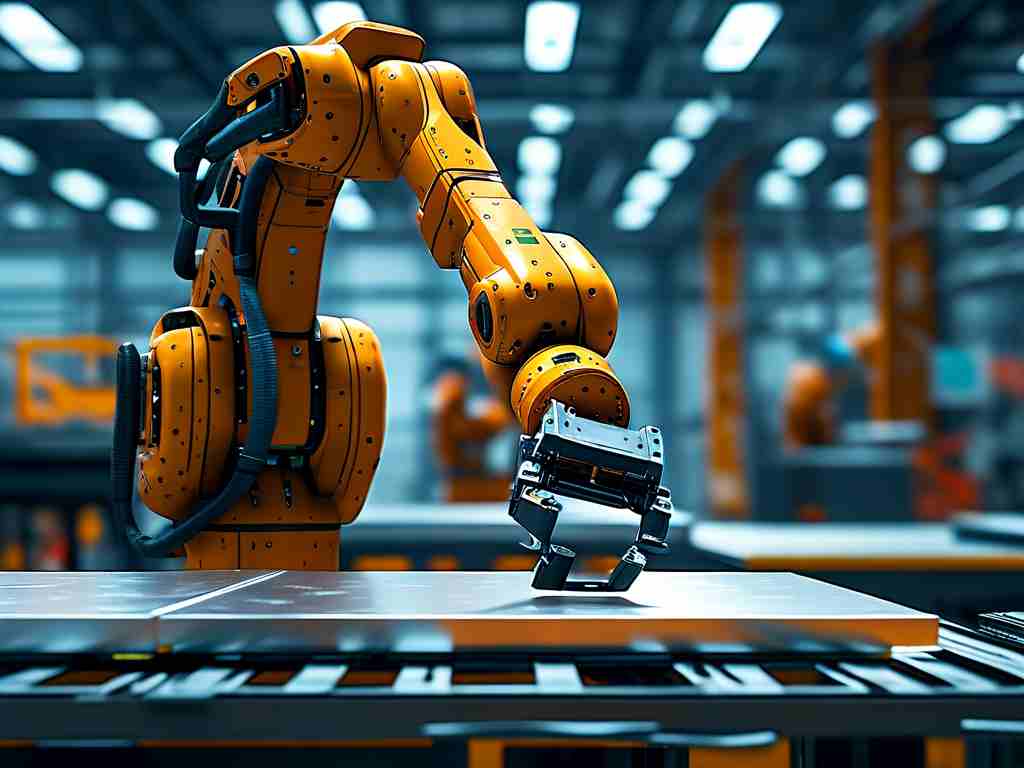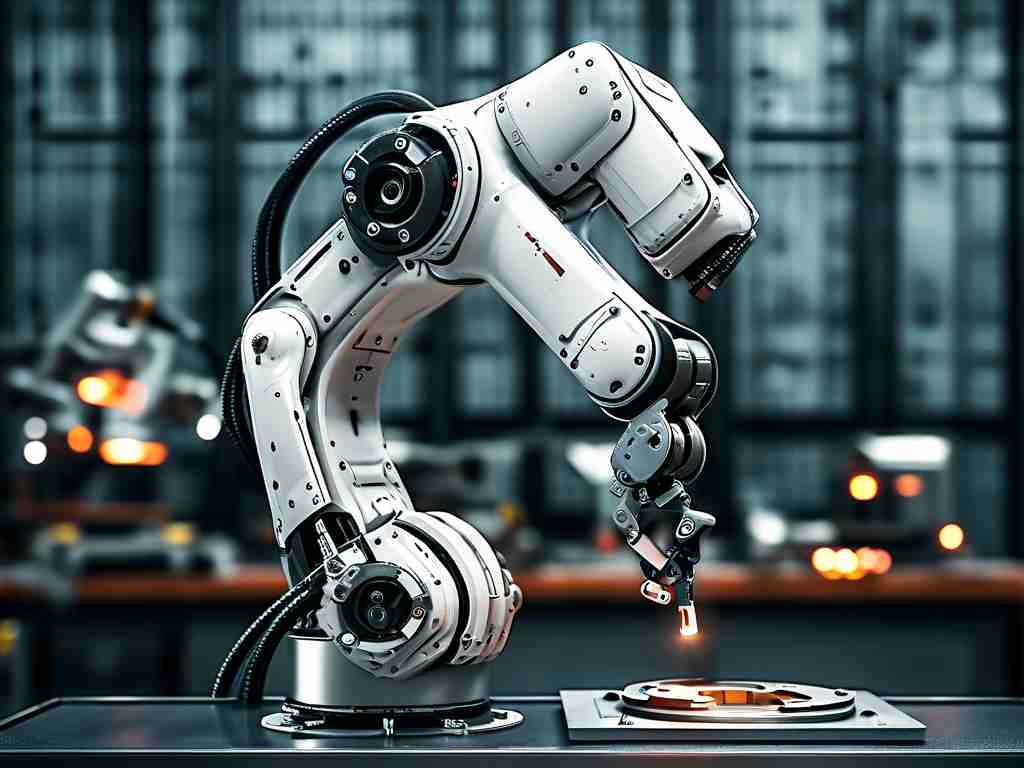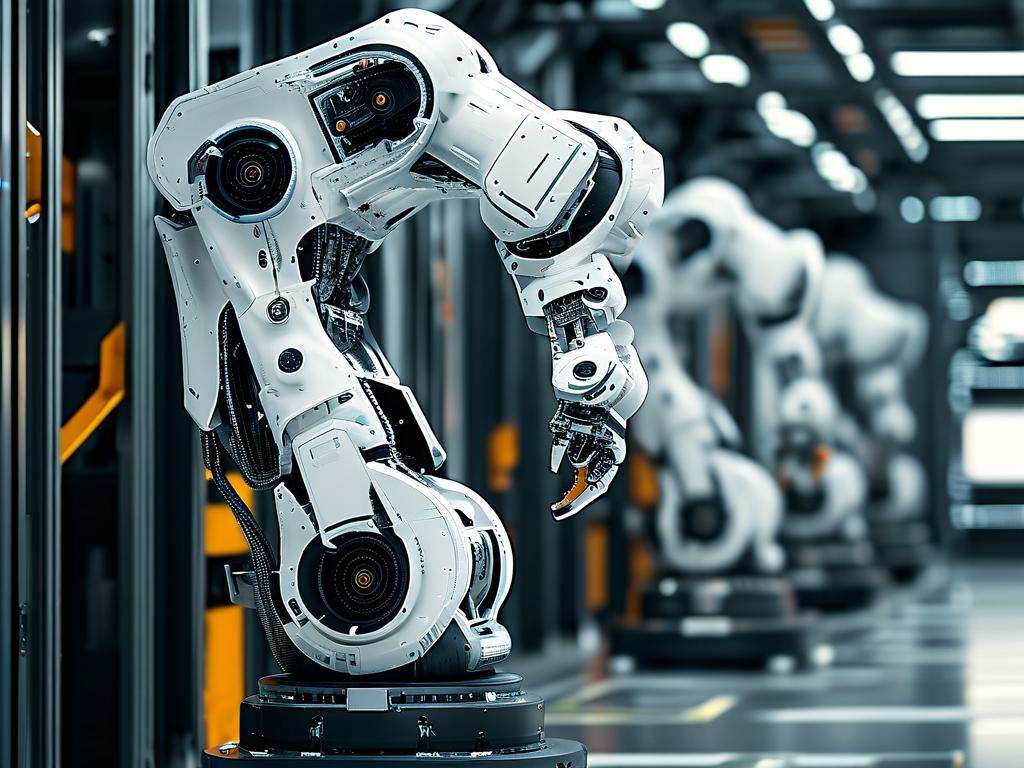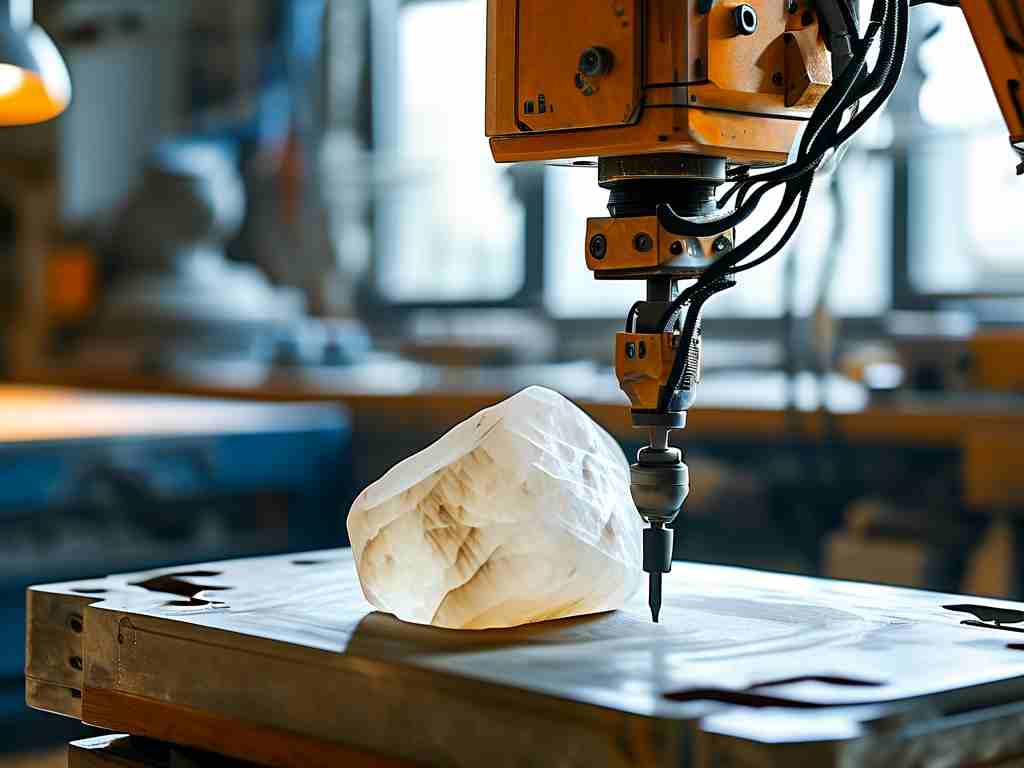The integration of robotics into winter sports has reached a groundbreaking milestone with the emergence of advanced robotic skiing systems. These mechanical athletes are not only challenging human capabilities on snowy slopes but also reshaping training methodologies and safety protocols in alpine sports.
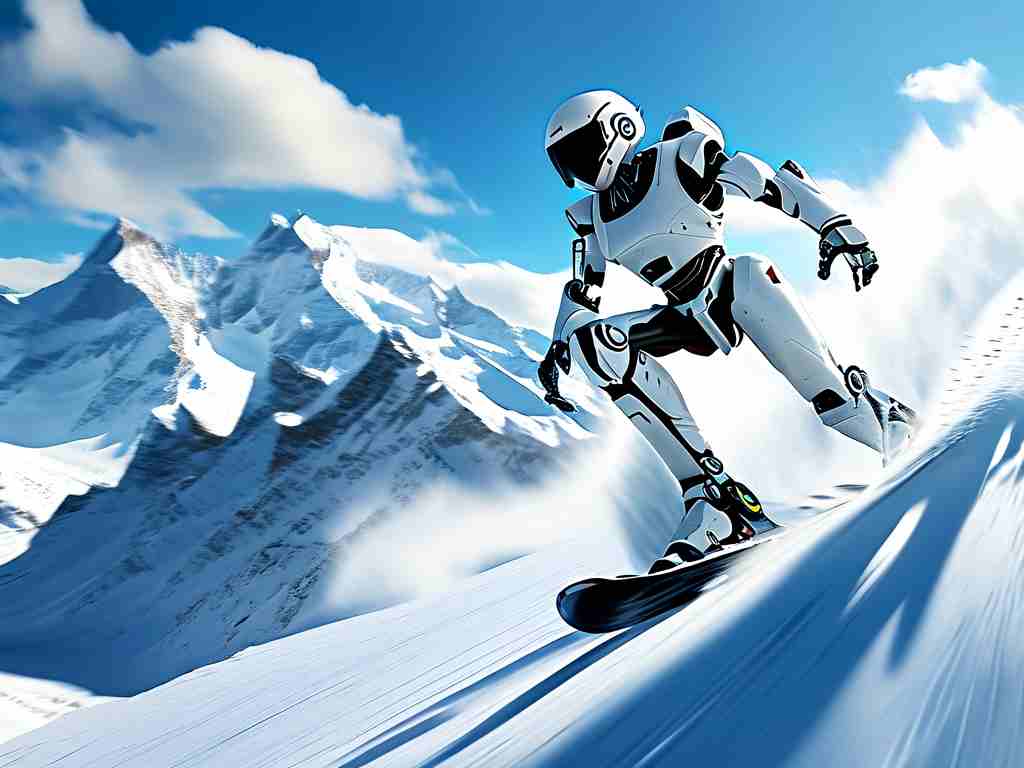
At the core of robotic skiing technology lies a sophisticated combination of dynamic balance algorithms and terrain-responsive actuators. Unlike traditional robots designed for controlled environments, skiing models must process real-time data from multiple sources – including snow density sensors, gradient detectors, and wind resistance monitors – to mimic human-like maneuvers. Researchers at the Alpine Robotics Institute recently demonstrated a prototype that adjusts its posture 200 times per second, achieving fluid parallel turns comparable to expert skiers.
The practical applications extend beyond novelty demonstrations. Major ski resorts in the Swiss Alps have begun deploying maintenance robots equipped with skiing capabilities. These machines can autonomously inspect slopes during off-hours, identifying potential hazards like hidden ice patches or unstable snow layers. "Our robotic patrollers reduced slope preparation time by 40% last season," revealed Hans Weber, operations manager at Zermatt Ski Paradise.
For professional athletes, robotic training partners are becoming indispensable. The Norwegian Olympic team's "SkiBot-XX" features adaptive resistance technology that creates customizable downhill challenges. By analyzing a skier's movements through embedded LiDAR and inertial measurement units, the robot can simulate specific racing conditions – from World Cup-level slalom courses to variable powder scenarios.
Technical hurdles remain significant, particularly in energy management. Current prototypes require battery swaps every 90 minutes of operation, a limitation that becomes critical in sub-zero temperatures. MIT's Winter Robotics Lab made strides in this area by developing a regenerative braking system that recaptures 18% of energy during deceleration phases.
Ethical debates have surfaced regarding competition fairness. When the Japanese robotics firm CyberAlpine entered a modified skiing droid in a regional amateur tournament last December, organizers scrambled to create new regulations. "We welcome technological progress, but must preserve the human element of sports," stated International Ski Federation spokesperson Clara Bjornstad during the controversy.
Looking ahead, the convergence of artificial intelligence and advanced materials promises transformative developments. Graphene-enhanced ski edges tested on robotic platforms have shown 30% better ice penetration than traditional alloys. Meanwhile, neural networks trained on decades of championship footage are teaching robots to anticipate terrain changes before reaching them.
From avalanche rescue operations to adaptive skiing programs for individuals with disabilities, the societal impact of this technology continues to expand. As these mechanical skiers evolve from research curiosities to practical tools, they're carving a new path through the frozen landscape of winter sports innovation.


